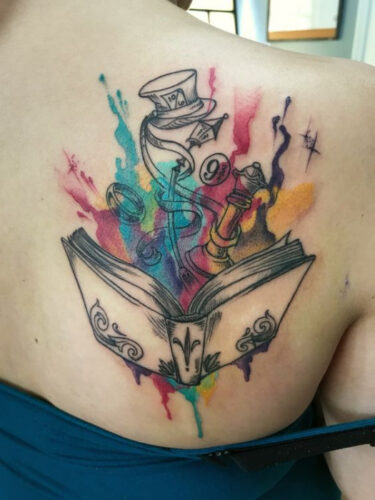
Vibrant Permanence & Timeless Beauty of Watercolor Tattoos
Tattoos have been a part of human culture for thousands of years.
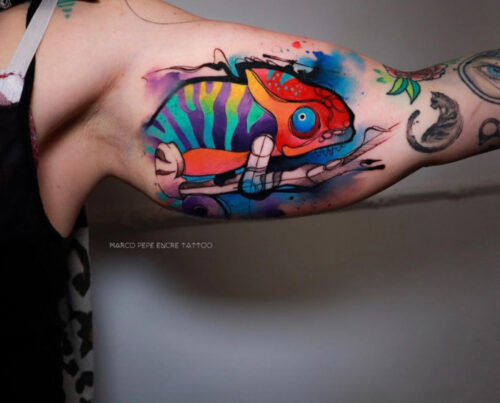
From tribal markings to intricate designs, people have been using tattoos to express their personality and individuality.
And with the growing popularity of watercolor tattoos, this form of self-expression has taken on a new level of vibrancy and beauty.
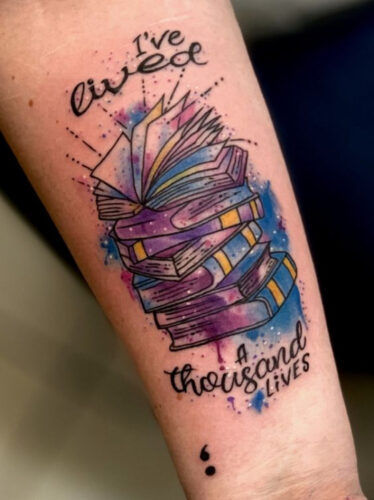
Unlike traditional tattoos, watercolor tattoos use a free-flowing technique to create a beautiful, painterly effect on the skin.
This technique involves using a mixture of water and ink to create a soft, blended look that resembles watercolors.
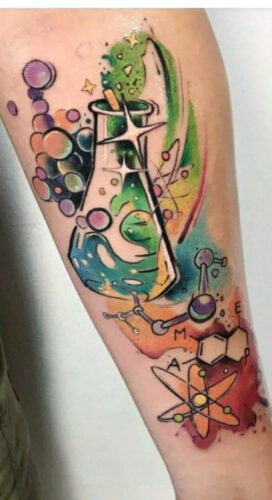
The result is a stunning, abstract design that is both unique and personal.
One of the main benefits of watercolor tattoos is their versatility.
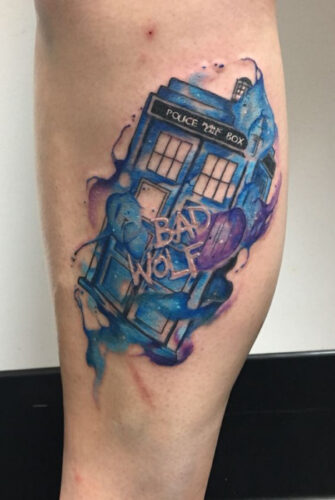
They can be as bold or as subtle as you want them to be, and can be customized to suit your individual style.
Whether you want a small, delicate design or a full sleeve, watercolor tattoos can be tailored to fit your preferences.
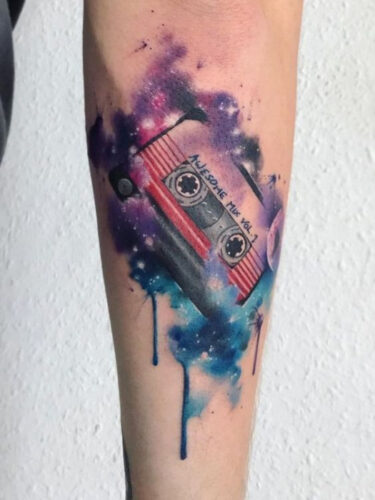
Another benefit of watercolor tattoos is their longevity.
Unlike traditional tattoos, which can fade and blur over time, watercolor tattoos retain their vibrancy and beauty for years to come.
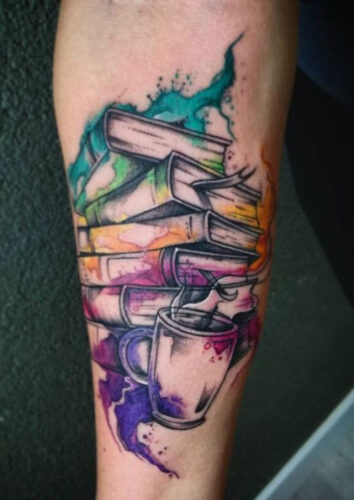
This is due in part to the way that the ink is applied to the skin.
Because watercolor tattoos use a lighter touch than traditional tattoos, the ink is less likely to bleed or spread, which helps to maintain the integrity of the design.
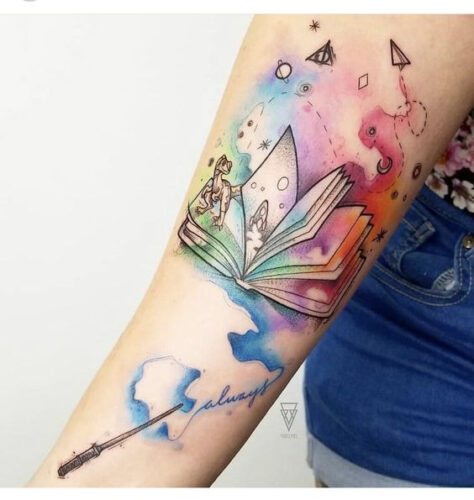
Of course, as with any form of body art, there are some things to consider before getting a watercolor tattoo.
First and foremost, it is important to choose a skilled and experienced tattoo artist who specializes in this technique.

Watercolor tattoos require a different approach than traditional tattoos, and not all artists are familiar with the process.
Make sure to do your research and choose an artist who has a proven track record of creating beautiful watercolor tattoos.

It is also important to consider the placement of your tattoo.
Watercolor tattoos tend to work best on areas of the body that have a lot of surface area, such as the back, chest, or thigh.
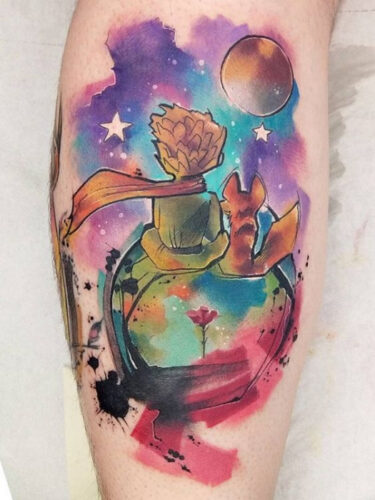
These areas allow the artist to create a larger, more intricate design that really showcases the beauty of the watercolor technique.
Smaller areas, such as the wrist or ankle, may not be as suitable for watercolor tattoos.

When it comes to aftercare, watercolor tattoos require the same level of care as traditional tattoos.
This includes keeping the tattoo clean and dry, avoiding direct sunlight, and moisturizing the area regularly.
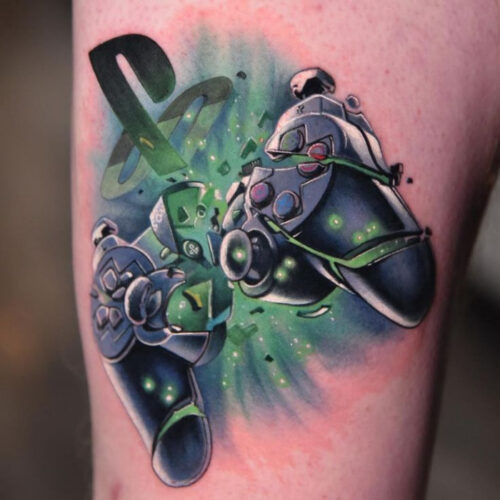
It is also important to avoid picking or scratching at the tattoo, as this can cause the ink to spread or become blurred.
In conclusion, watercolor tattoos are a beautiful and unique form of body art that offer a level of vibrancy and beauty that traditional tattoos simply can’t match.

With the right artist and a little bit of care, a watercolor tattoo can be a stunning addition to your body art collection that will last a lifetime.

